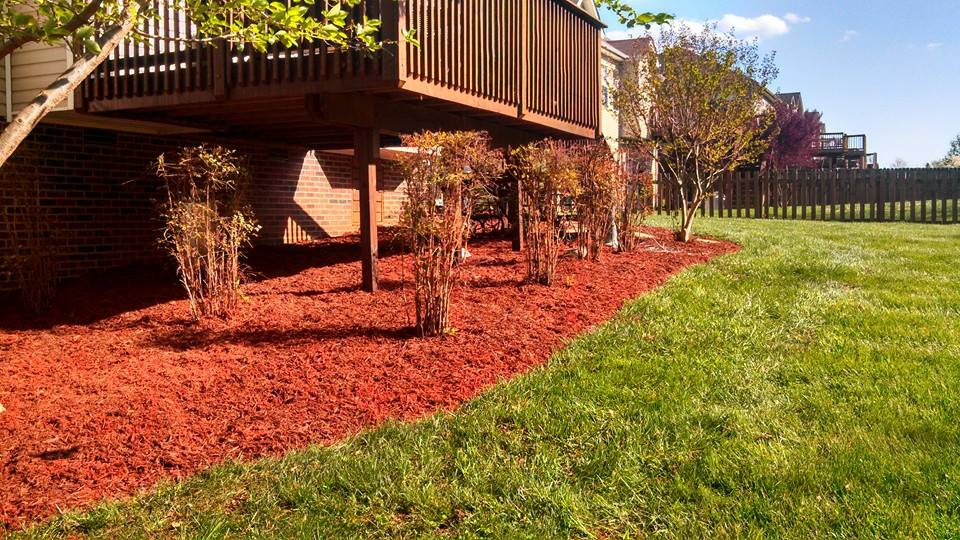
Mulching is an important factor for plant beds to maintain a healthy and aesthetically pleasing landscape. A layer of mulch around plants helps retain moisture, which allows the plant stock to be healthier. A layer of mulch around plants reduces the weed growth and adds nutrients to the soil due to its natural decay.
Middle Tennessee Grounds’ Do’s and Don’ts of Mulching
Do’s
- When mulching trees, mulch surrounding the trunk should look like a donut – a uniform circle.
- Keep the mulch to a thickness of 1-2″ around the base of trees, shrubs and perennials to prevent decay of the bark layer causing poor growth.
- Overall, keep mulch at a maximum thickness of 4″– any more will restrict the access of oxygen to the soil and plant roots.
- Try to have an edge for the mulch to sit along to prevent it from migrating out into the lawn.
- If re-mulching beds, it may be necessary to remove some of the old mulch to allow for proper depth when installing fresh mulch in plant bed areas.
Don’ts
- Avoid excessive build up of mulch around base of trees and shrubs.
- Using chipped wood from a local municipality is not recommended for typical decorative plant beds. Using these chips may bring in viral infections that a tree had when removed and chipped; in addition, unwanted growth of saplings will also occur.
- Do not use mulch over landscape fabric in the hope of improving the soil. When the mulch decompose it cannot enter the soil if there is a fabric barrier between it and the soil. Mulch will also break down creating allowing weeds to germinate above landscape fabric.
We hope the above information will assist you in creating a healthy and attractive landscape. If interested in any residential or commercial mulching services, please contact us for any of your mulching needs.